Are you fascinated by beautiful beach glass? Join me on a journey to explore the rarest colors and learn tips on how to find them on your travels!
Understanding Beach Glass
Beach glass, also known as sea glass, is a treasured find along many coastlines. These small, frosted pieces of glass are created through years of tumbling in ocean waves, transforming discarded glass into beautiful, smooth gems. These pieces are not just pretty to look at; they tell a story of human interaction with nature and the journey of waste into treasure.
What Causes the Rarity of Beach Glass Colors?
The color of beach glass is determined by the type of glass used in products, which varies by manufacturer. Some colors, like green and brown, are common due to their prevalence in bottles and jars, while others, like cobalt blue or lavender, are much rarer. Each color tells a story, representing different products and eras.
The Rarest Beach Glass Colors
1. Red Beach Glass
Red beach glass is one of the rarest colors to find, primarily due to the limited production of red glass containers. Often produced for special editions or vintage products, red beach glass is highly sought after by collectors.
Where to Find Red Beach Glass
Beachcombers report success in finding red glass along shores that have historical significance or those near old glass factories.
2. Purple Beach Glass
Purple beach glass, mainly from glassware and bottles produced before the 20th century, is rare because it was often used for decorative purposes. Over time, exposure to sunlight can cause the glass to turn purple, which adds to its allure.
Finding Purple Beach Glass
Look for it on beaches with older settlements or near historical landmarks. Areas around beaches that were once home to glassworks are prime spots.
3. Blue Beach Glass
Cobalt blue beach glass is notably rare and highly coveted. Its striking color can be attributed to its use in high-end glass products and chemicals that were phased out.
Best Spots for Blue Beach Glass
Many collectors have found cobalt blue glass along the shores of the Great Lakes and other coastal areas with a history of glass manufacturing.
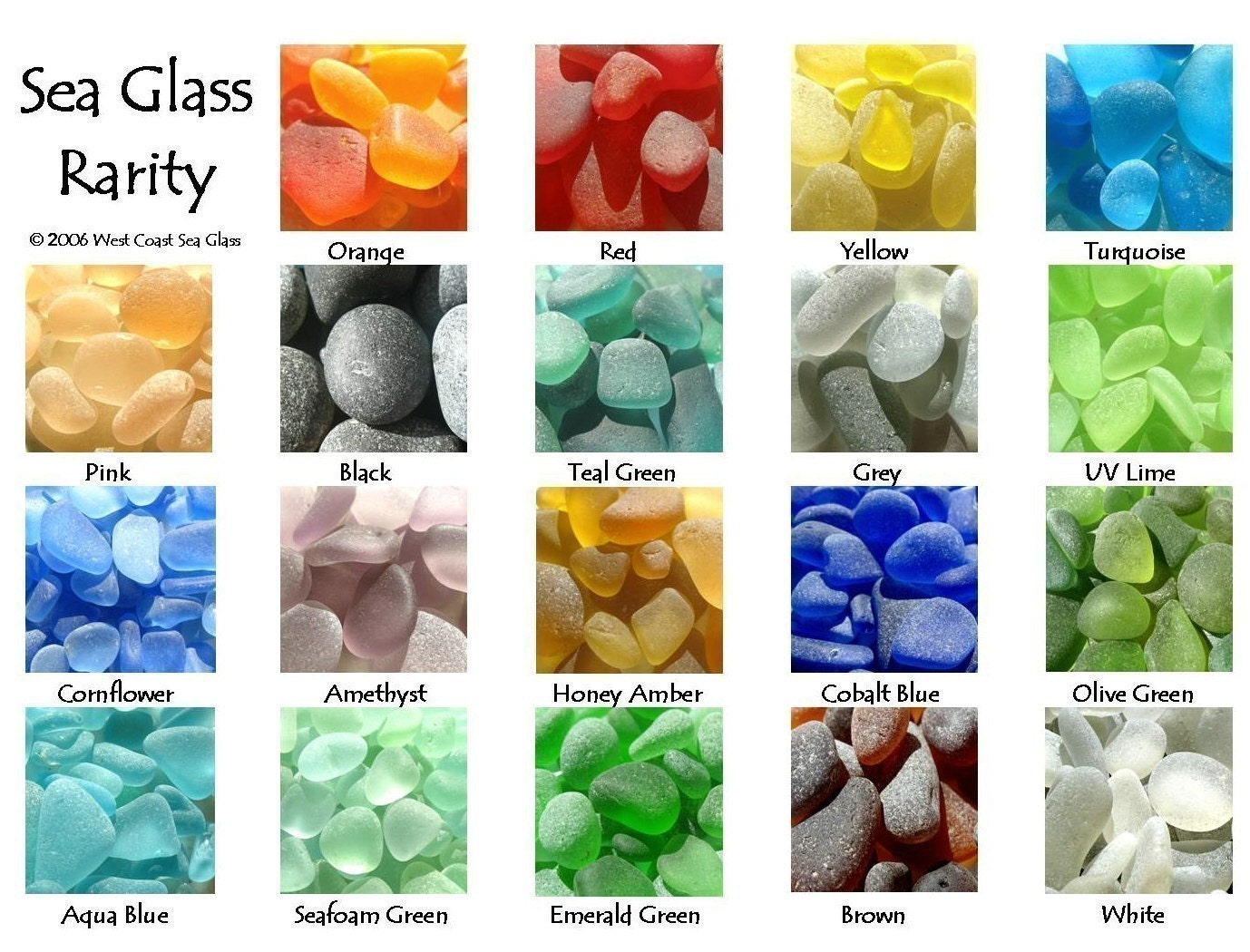
4. Teal Beach Glass
Teal beach glass, a mesmerizing mix of blue and green, is less common but has gained popularity among collectors. Its scarcity stems from the limited production of teal glass items.
Finding Teal Beach Glass
Beaches near old resort areas or those that had a history of colorful glassware are often the best hunting grounds.
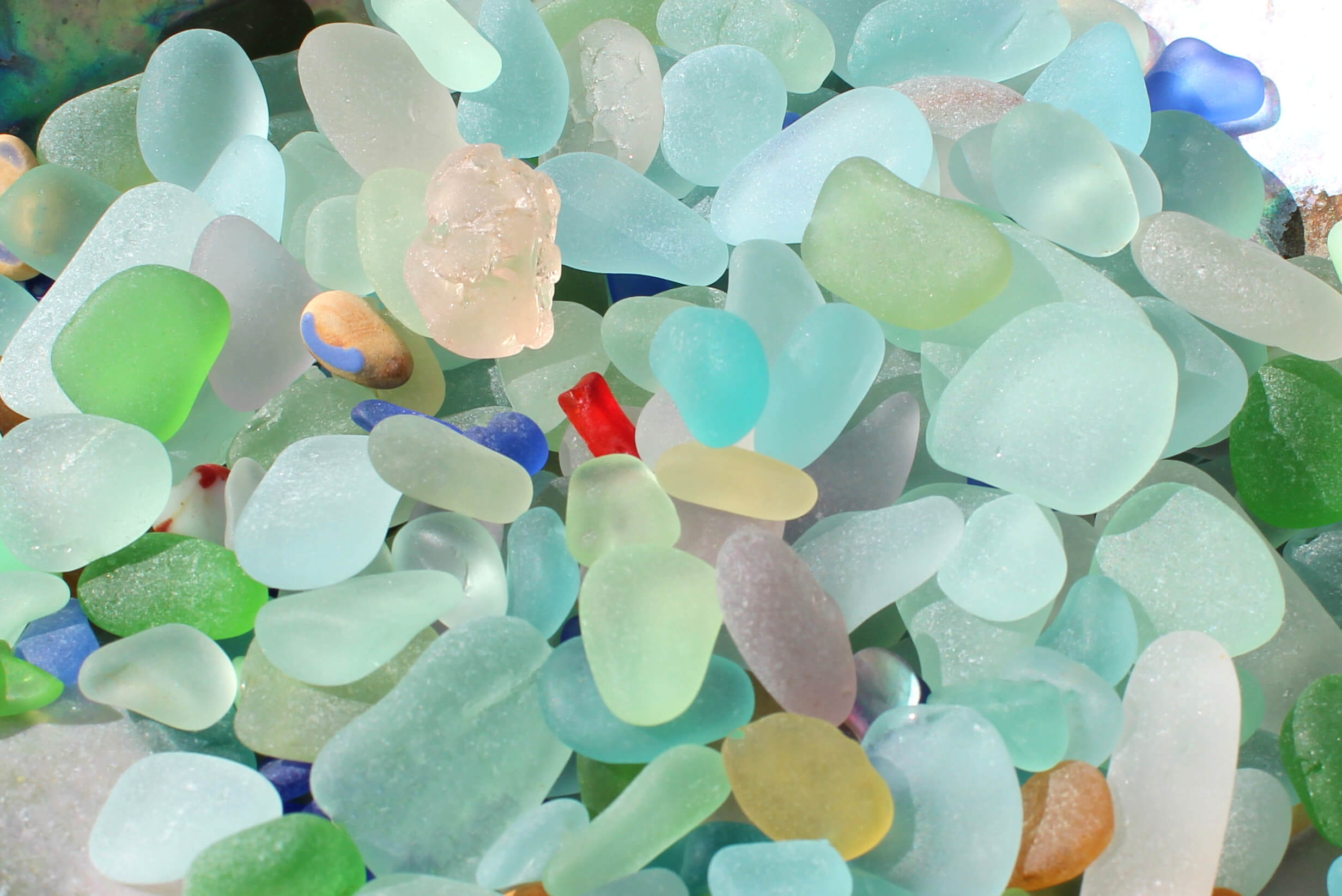
5. Clear Beach Glass
While not as highly sought after as colored glass, clear beach glass can be rare in certain areas, especially among collectors who value its clarity and smoothness.
Where to Search for Clear Beach Glass
Clear glass is often found on more touristy beaches where many bottles were discarded. Look for banks crowded with rocks or shells.
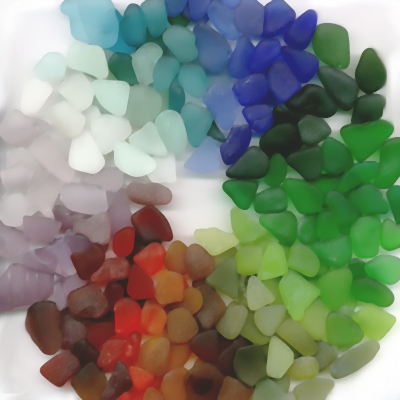
Table: Rarity and Value of Beach Glass Colors
| Color | Rarity Level | Value (Approx.) | Common Sources |
|---|---|---|---|
| Red | Very Rare | $20 – $50 per piece | Specialty bottles |
| Purple | Rare | $10 – $30 per piece | Antique glassware |
| Blue | Rare | $15 – $40 per piece | Cobalt bottles |
| Teal | Less Common | $5 – $25 per piece | Teal glassware |
| Clear | Common | $1 – $10 per piece | Everyday bottles |
Travel Tips for Beach Glass Hunting
As you gear up for your beach glass hunting expedition, keep these travel tips in mind:
1. Research Your Destination
Before heading to a new beach, do your homework. Research where collectors have had the most success. Blogs, forums, and local tourism websites can be valuable resources.

2. Best Time to Search
The early morning after a storm or during low tide is when you’re most likely to find beach glass. The waves can wash ashore new treasures, and you’ll have the beach to yourself.
3. Gear Up
Wear comfortable clothing, sturdy shoes, and bring a bag to collect your finds. Sunscreen and water are essential to stay comfortable during your search.
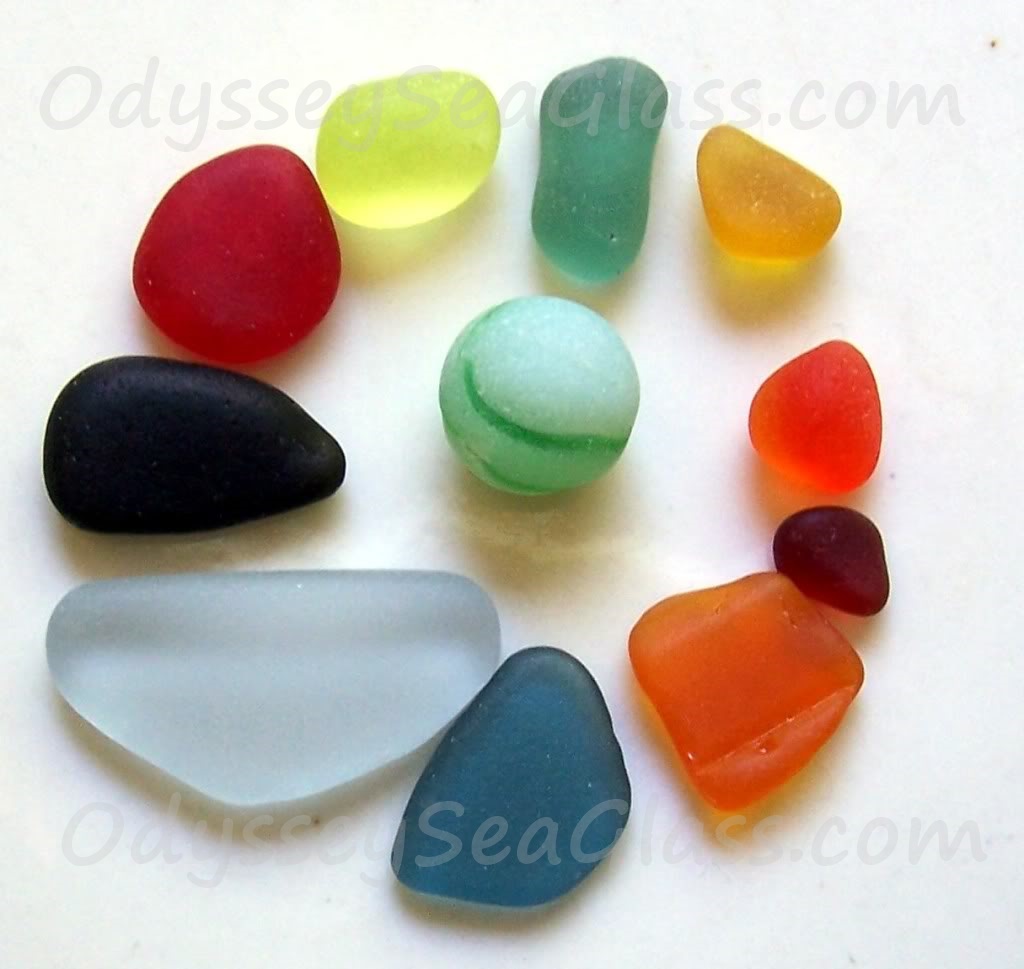
4. Be Respectful
Always follow local regulations regarding beachcombing. Leave no trace and ensure that you’re not disturbing the habitat.
Destination Highlights for Beach Glass Collecting
Here are some top destinations known for their abundant beach glass:
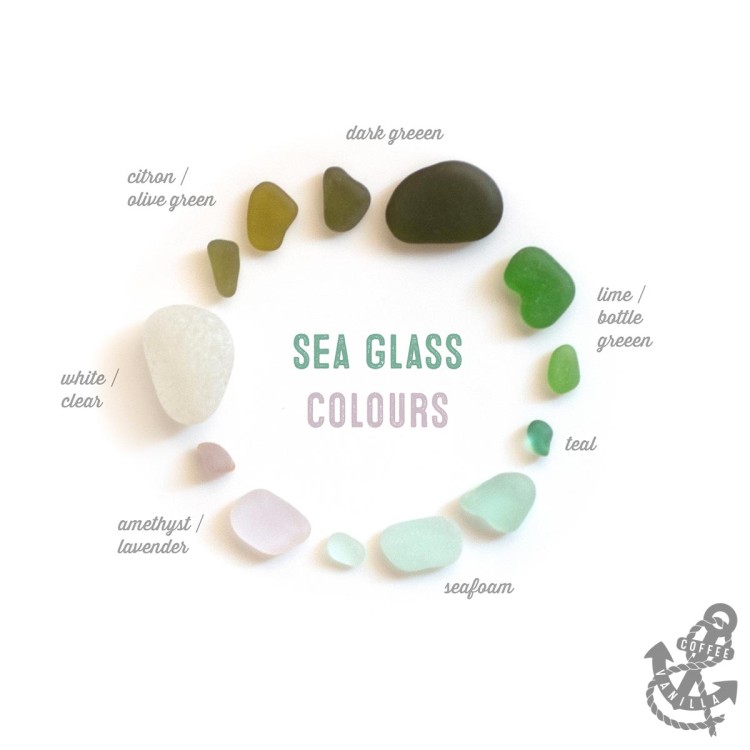
1. Glass Beach, Fort Bragg, California
Once a landfill, Glass Beach is famous for its colorful sea glass, with pieces formed from years of discarded glass. The beach is now a protected area, so while you may find pieces, take only memories.
2. Seaham Beach, England
Seaham Beach is renowned for its rare colors, particularly cobalt blue and purple. The beach is located near former glassworks, making it a popular spot for finding unique pieces.
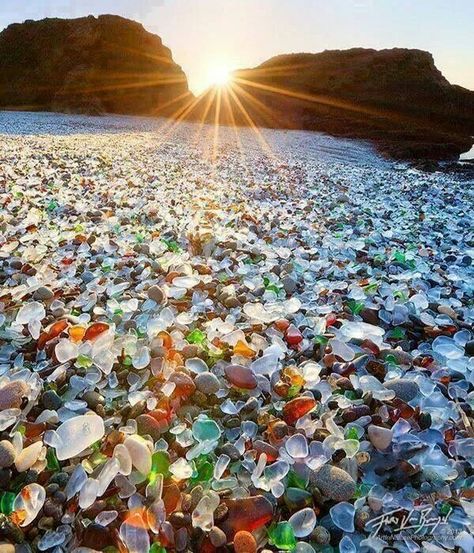
3. Cape May, New Jersey
With its rich history, Cape May is a fantastic place to discover beach glass, particularly on the beaches of Sunset Beach. The area has a mix of both common and rare colors.
Pros and Cons of Beach Glass Collecting
Pros
- Eco-friendly treasure hunting
- Unique souvenirs from your travels
- Promotes relaxation and mindfulness
Cons
- Can be competitive in popular areas
- Time-consuming to find rare pieces
- Potentially frustrating if the weather doesn’t cooperate
FAQs about Beach Glass Collecting
What is the most valuable color of beach glass?
The most valuable beach glass colors are red and purple, often fetching high prices among collectors due to their rarity.
How can I identify genuine sea glass?
Genuine sea glass is frosted and smooth from tumbling in the ocean. If the glass feels sharp or looks new, it’s likely not authentic sea glass.
Is beach glass collecting legal?
In most areas, collecting beach glass is lawful, but it’s crucial to research local regulations. Some beaches may have restrictions or be protected areas.
How can I clean and preserve my beach glass finds?
Wash your beach glass with soap and water. Avoid chemical cleaners to preserve the surface. Store them in a cool, dry place to prevent damage.
Conclusion
Beach glass collecting is more than just a hobby; it’s a delightful experience that connects you with nature and the stories of the past. Whether you’re on the shores of California or the beaches of England, remember that each piece is a reminder of the ocean’s power and beauty. So grab your bag, put on your walking shoes, and embark on your adventure to discover the rarest beach glass colors!